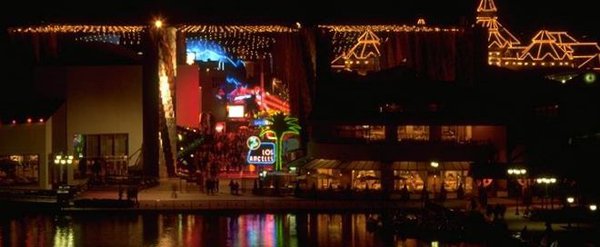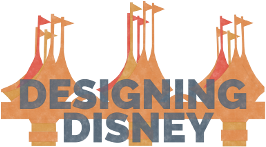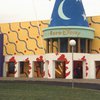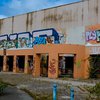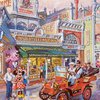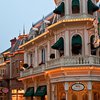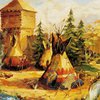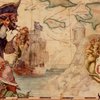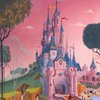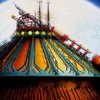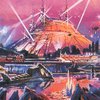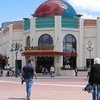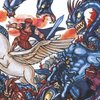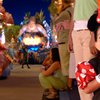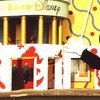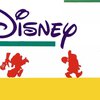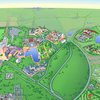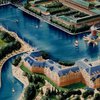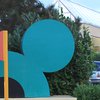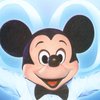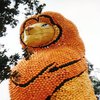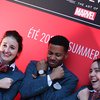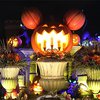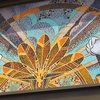Lost Treasures - Disney Village
Disney Village is a shopping and dining concourse in Disneyland Paris, adjacent to the two theme parks of Disneyland Paris, its Lake Disney hotel area and the railway station.
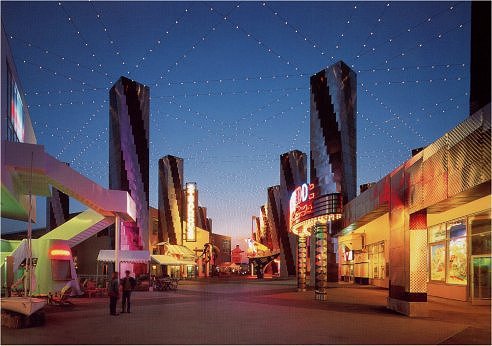
Originally named Festival Disney, it opened April 12, 1992 with what was then the Euro Disney Resort. It was designed by architect Frank Gehry. The concept was a large central avenue full of life and music, lit from all sides around, with a starry sky (3,600 low-intensity light bulbs).
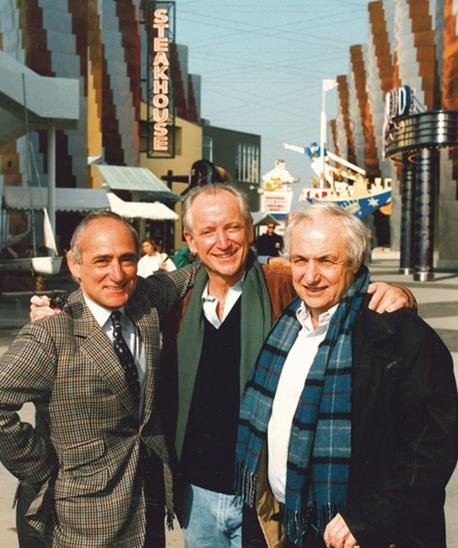
The columns that supported the starry sky would be the remnants of an old power station (which are often found this close to a railway line), left standing after the site was converted into a festival of the American way of life, from the east to the west coast.
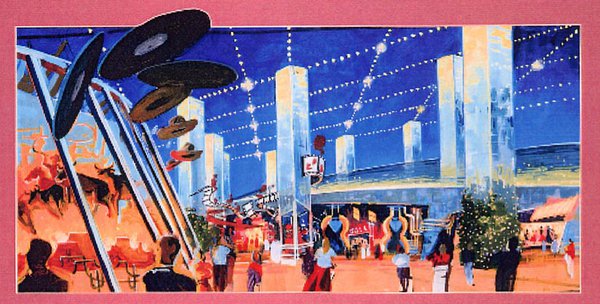
From the outset, the project was accused of giving a cold, industrial and soulless feeling. Frank Gehry’s concept mangled and misunderstood, numerous changes have been made in the past eighteen years.
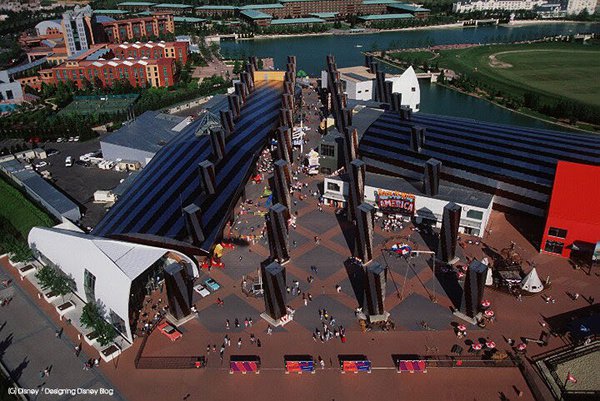
The starry sky, its supporting pylons (first the metal plates of many pylons were removed from the center downwards, with statues or food counters placed in the frames), the neon lights, the oversized signs and the central stage were all removed.
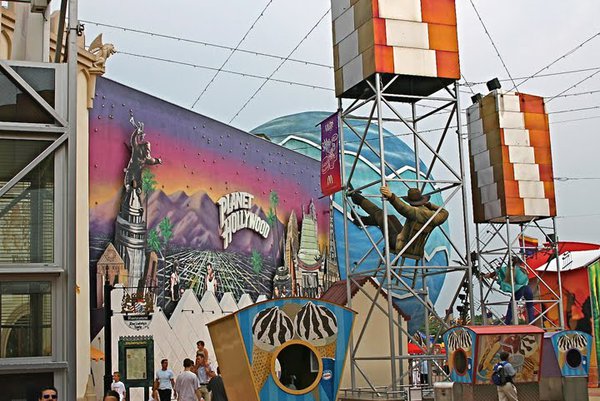
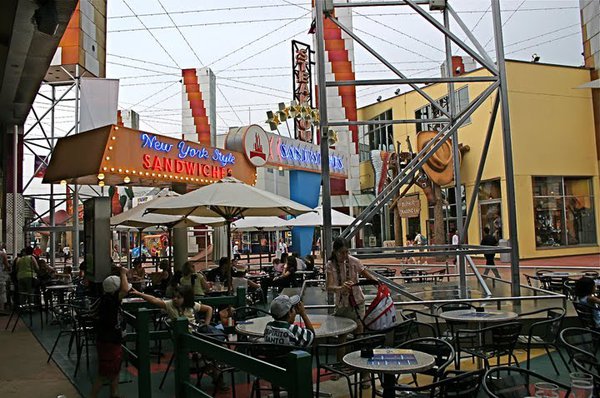
Many shops and restaurants were closed and replaced. Today we pay tribute to these venues, the 'lost treasures' of Disney Village.
Los Angeles Bar & Grill Restaurant
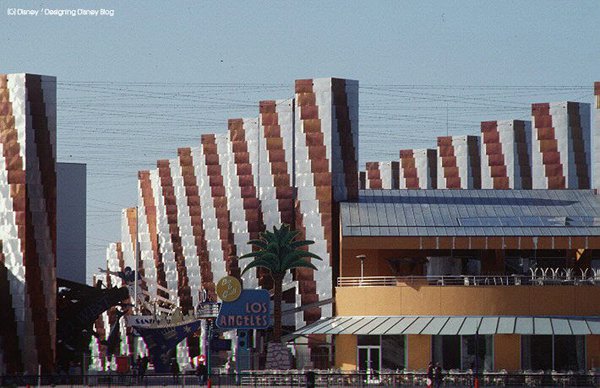
The 'Los Angeles Bar & Grill Restaurant' offered western American style food from California, including Euro Disney's finest wood oven baked pizzas. It also featured an extensive wine list. 'Café Mickey' replaced the 'Los Angeles Bar & Grill Restaurant' in 2002.
Key West Sea Food Restaurant
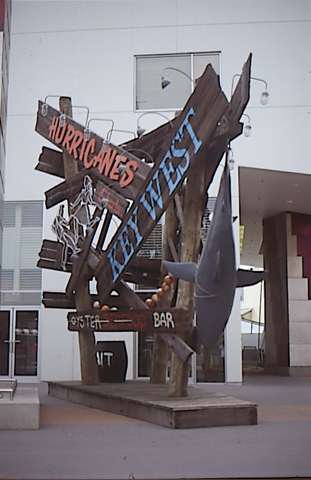
The 'Key West Sea Food Restaurant' was inspired by the Florida Keys, a chain-like cluster of about 1700 islands in the southeast United States.
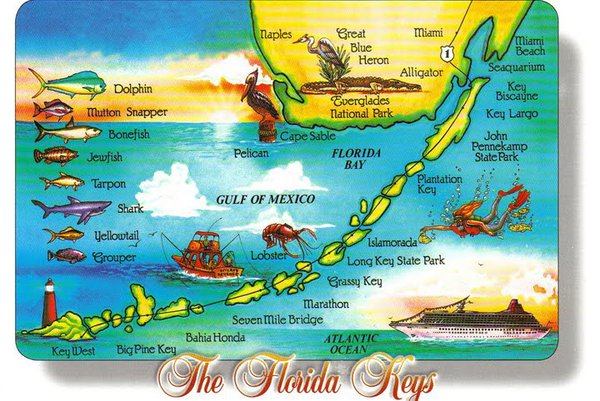
The restaurant had a tropical atmosphere and was richly decorated with miniature sail ships and rowing boats.
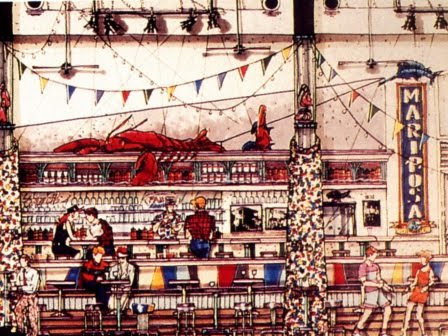
It had two floors and a outdoor seating area looking out over Lake Disney.
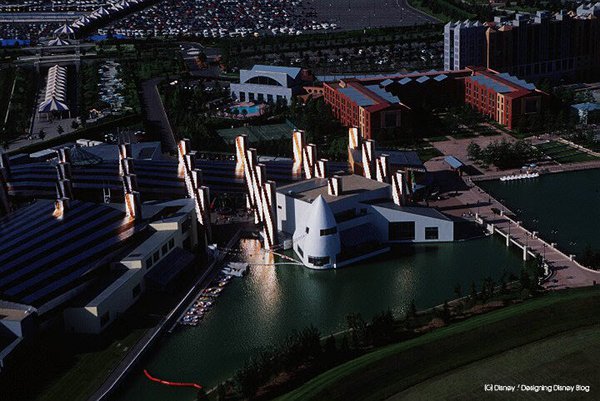
The whitewood tables were covered with a copy of 'The Key West Citizen'.
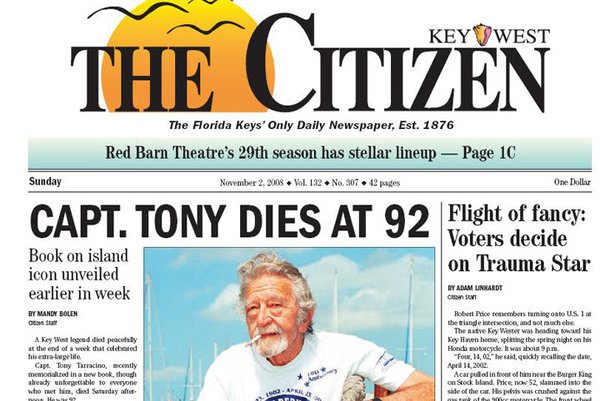
They served all sorts of fish specialties and Creole cooking. Specials were the Garlic Blue Crab, Coconut Cake and Key Lime Pie (the official Florida State pie, named after the small key limes that are naturalized throughout the Florida Keys).
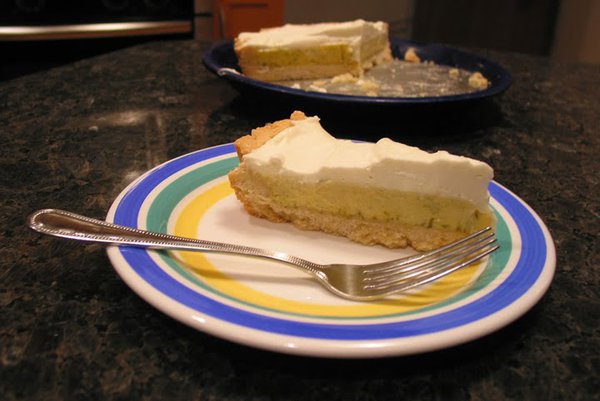
The 'Key West Seafood Restaurant' closed in 1999. It was replaced by the 'Rainforest Café'.
The Surf Shop
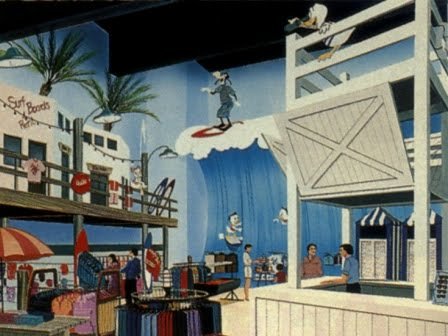
'The Surf Shop', once located besides the 'Los Angeles Bar & Grill Restaurant' (now the 'World of Toys' shop), offered a wide range of bathing requisites, swim wear, t-shirts, baseball caps, wet suits, sunglasses, beach towels, surfboards... Visitors were able to try clothes in old fashioned beach cabins.
Never Land Club Children's Theater
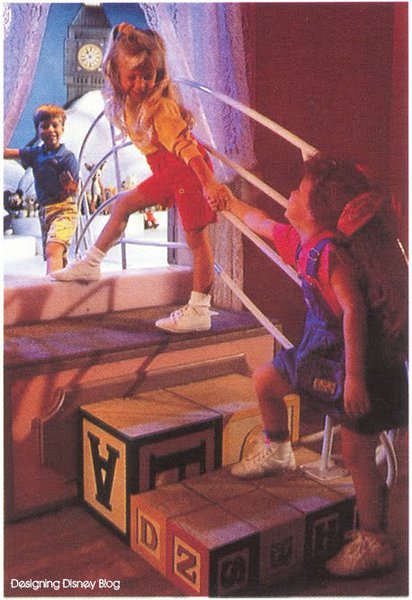
The 'Never Land Club Children's Theater', once located besides the 'Sports Bar' and the 'Disney Store' (now being part of it), was an indoor playground offering child minding facilities for kids age three to ten. The only way to enter this enchanting world filled with games and toys was, just like in the well known J.M. Barrie story, through the window.
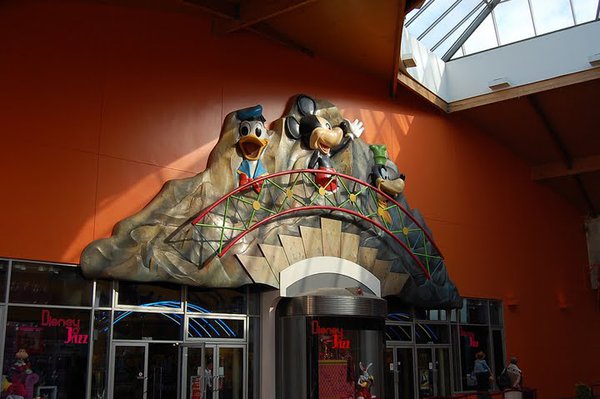
Rock 'n Roll America
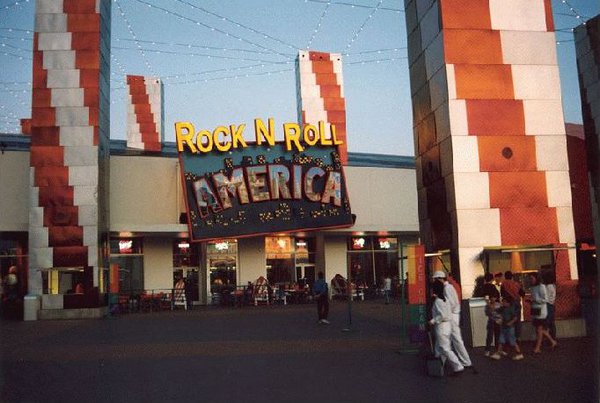
'Rock 'n Roll America' payed tribute to the biggest stars in music industry: Tina Turner, Fats Domino and Bruce Springsteen. It was an American style bar with a pleasant atmosphere to relax and enjoy a drink or have a small snack. The place was decorated with music instruments and car components. Live music was performed regularly.
In 1994, 'Rock 'n Roll America' replaced the original 'Streets of America Shop', which was inspired by and sold merchandise from various American cities. In 2002, the unit became King Ludwig's Castle.
